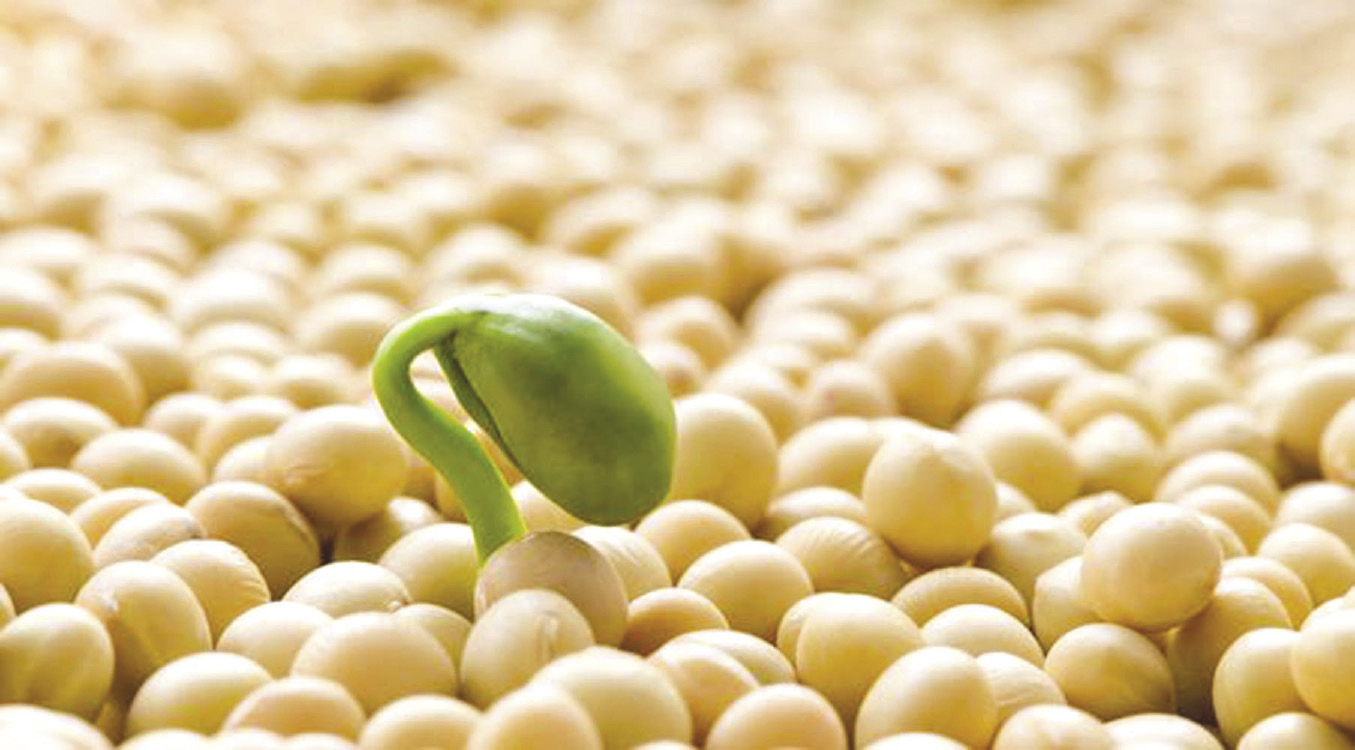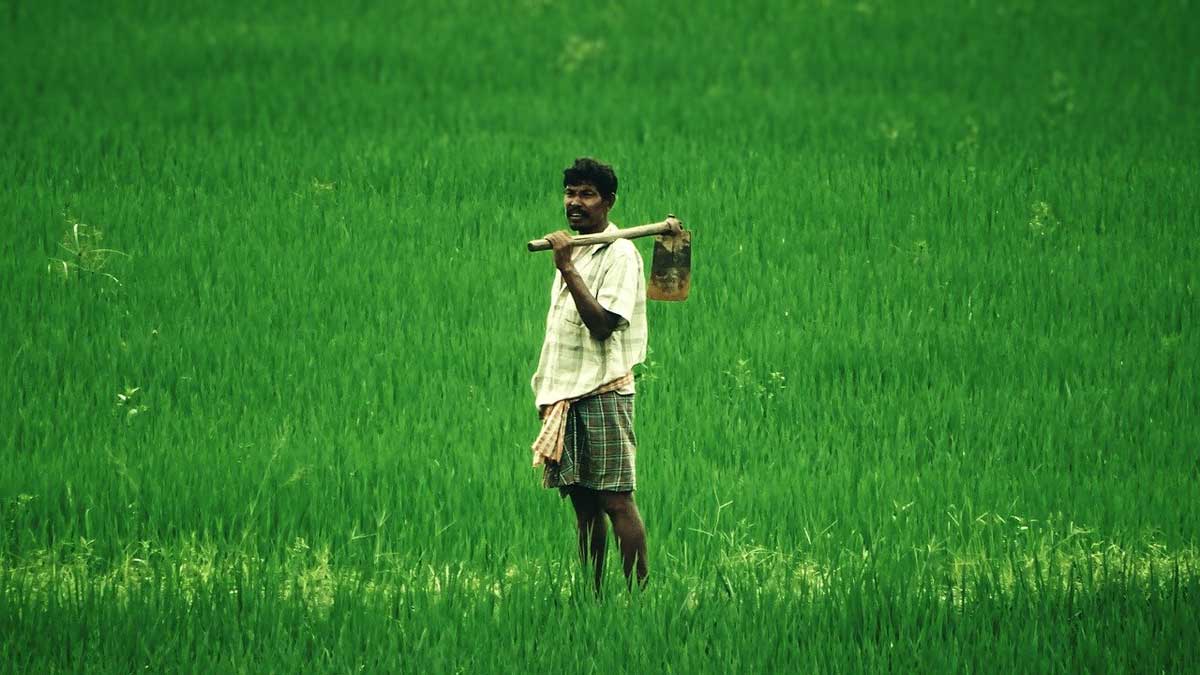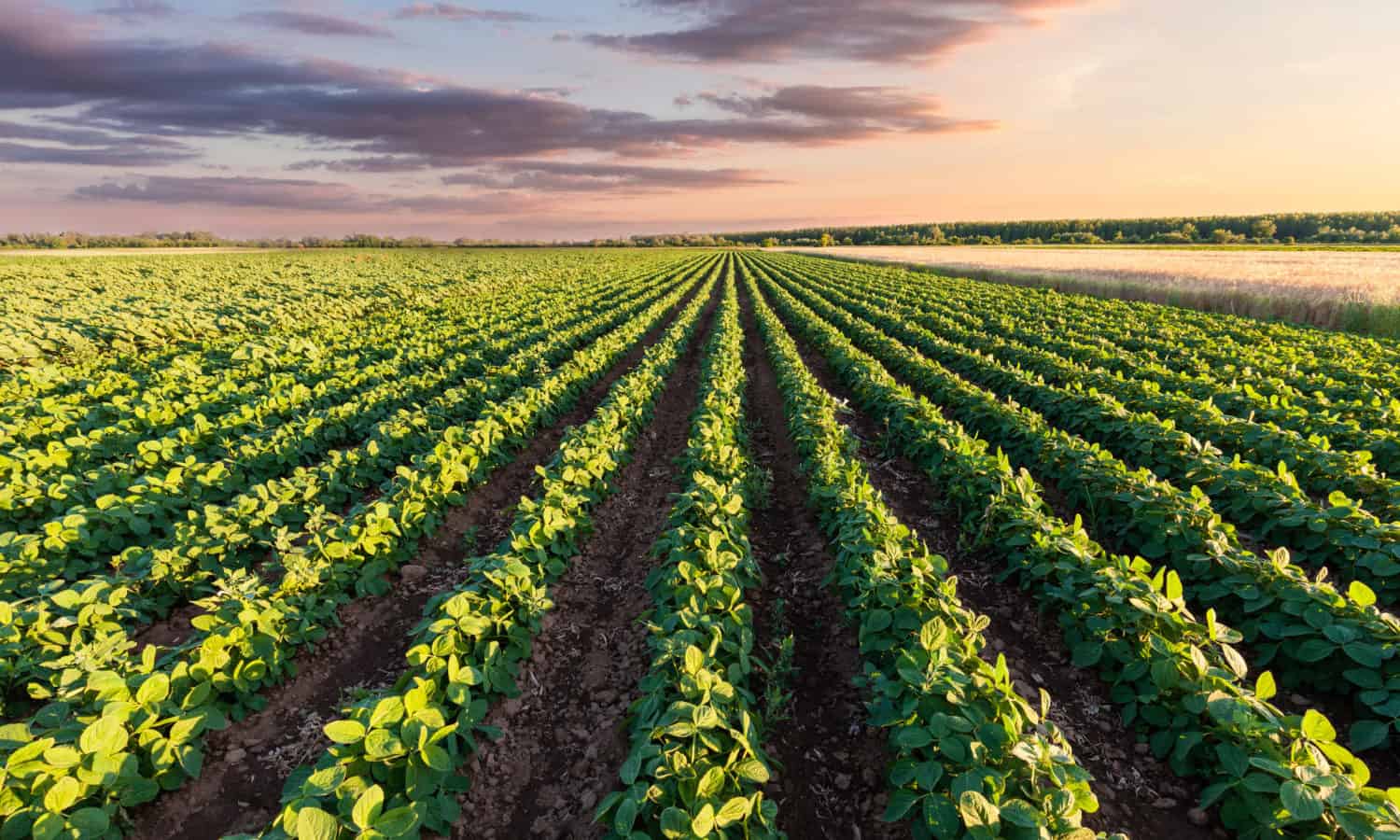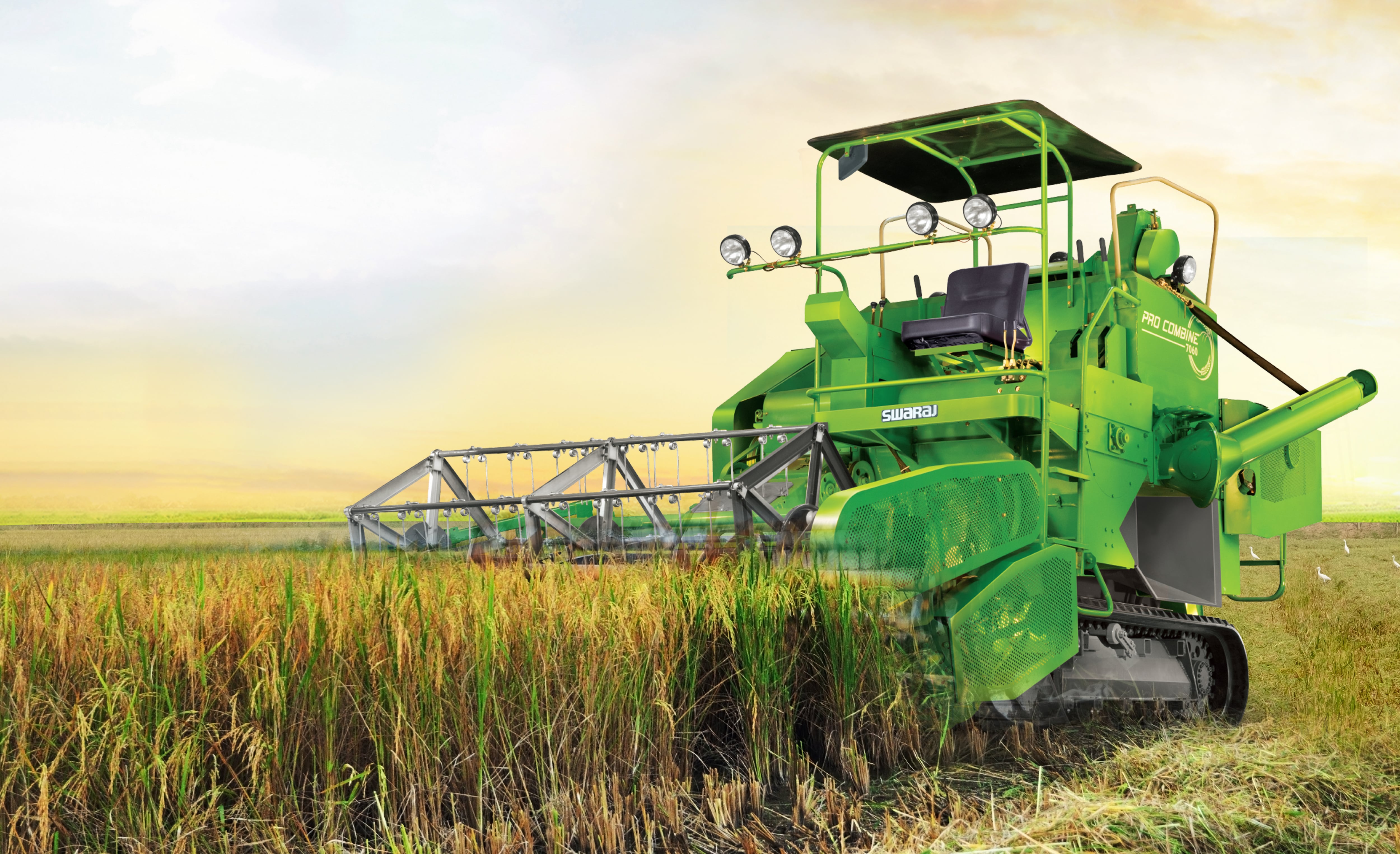Time is running out for Manitoba farmers to seed soybeans.
“You still have some time to get them in, but I like to see soybeans in the ground in May and that gives you enough time for the plants to mature and reduce the risk (of damage from) a fall frost,” Dennis Lange, the Manitoba Department of Agricuture’s pulse crop specialist, said during the CropTalk EastMan webinar May 19.
“With soybeans, the warmer the soil the better it is. They come up quicker. With soil temperatures at 10 C, soybeans take 15 to 17 days to come up if those temperatures are steady. If the soil temperature is at 15 C, they come up a lot quicker… seven to 10 days.”
For full crop insurance coverage, the seeding deadline in Soybean Area 1 — a small area in the southern heart of the Red River Valley — is June 6. However, for most of Manitoba it’s May 30 (see map below).

Farmers in Soybean Area 1 can seed soybeans between June 7 and 11, but crop insurance coverage is reduced 20 per cent.
The reduced coverage deadlines in Soybean Area 2 is May 31 to June 4.
In the rest of the province there is no extended soybean-seeding deadline.
Most Manitoba soybean growers dodged a bullet May 13 and 14, when much of southern Manitoba experienced a hard frost, because so few soybeans were out of the ground.
“We can see temperatures as low as -2 C and they can tolerate it for short periods of time,” Lange said. “That frost we had was much colder… (-7 C in some places), but fortunately most of the beans were under the soil surface and the ones that were poking up were just barely out of the ground so there really wasn’t much damage.”
As of May 19, the Manitoba Agricultural Services Corporation (MASC) had received just one soybean reseeding claim as a result of that frost, said David Van Deynze, MASC’s manager of claim services.
MASC received 80 reseeding claims from farmers with frozen canola. However, as of last week MASC wasn’t sure how many of the claims would result in reseeding. MASC waits a few days before assessing the damage and in some cases damaged crops will recover.
As with soybeans, there wasn’t a lot of canola out of the ground to freeze almost two weeks ago, Canola Council of Canada agronomist Angela Brackenreed said during the webinar.

Look for damage to the hypocotyl when assessing frost damage in soybeans.photo: Dennis Lange, Manitoba Department of Agriculture
Wait and see
If it freezes again this spring, both Brackenreed and Lange had the same message: wait three to four days to assess the damage. The growing points on canola and soybeans are above ground and therefore more susceptible to freezing temperatures, but both can lose their leaves and appear dead, and then resume growing. Soybeans can start growing again from the terminal bud or from two axillary buds.
Determining how many plants survived by doing plant counts is key. Both soybeans and canola will branch out to compensate for lost plants. Depending on the time of year, soil moisture and the number of surviving plants, it can be better to stick with the damaged crop instead of reseeding.
Seven to 10 plants per square foot is the ideal population for canola, but just two plants per square foot can produce a decent crop, Brackenreed said.
The recommended seeding rate for solid-seeded soybeans is 200,000 per acre — 180,000 when seeding in rows 30 inches apart, Lange said.
“Based on seed survivability and germination you want to end up somewhere between 140,000 to 170,000 plants per acre,” he said, since that’s where the best yield potential is.
But even as few as 80,000 plants an acre can produce a decent yield, Lange said.
“I wouldn’t be working anything up at 80,000 plants per acre. I would make sure that field stays clean through the growing season — so keeping on top of your weeds.”
Lange recommends using a hula hoop 28.25 inches in diameter for easy calculations when doing plant counts. Multiply the number of plants inside the hoop to get a per-acre count. Fifteen plants in the hoop means there are 150,000 plants per acre.
Soybeans take time
Unlike with smaller-seeded crops, deeper-planted soybeans will generally emerge so long as the soil isn’t compacted and there’s moisture for germination, but it will take longer, Lange said.
“Only go as deep as you need to go (to reach moisture),” he said, adding the ideal seeding depth is three-quarters to 1.25 inch.
“So if you have moisture at an inch and a half don’t go to two inches just because you want to make sure you are in deeper moisture,” Lange said. “You want to just get to some moisture.”
If seeding deep, consider upping the seeding rate to offset potential higher seedling mortality, he added.
There’s also a risk some soybeans will just get enough moisture to start germination, but not enough to produce a seedling — a condition referred to as “dry seed.” But don’t panic if you find some dry seeds because they turn up in most fields, he said.
Usually farmers prefer to roll their soybeans, creating a smoother surface for easier harvesting in the fall, right after seeding, Lange said. However, because of dry soil some are waiting until they’re out of the ground. Lange recommends waiting until the soybeans are in the trifoliate stage.
“You don’t want to do it at the hook stage,” he said.
Rolling should only be done in the afternoon when it’s 23 to 26 C when the plants are their most pliable.
“Check for damage,” he said. “Make sure you don’t do a 160-acre test strip.
“Make sure that you are not snapping any hypocotyls. If you are, those plants are goners. You won’t have any regrowth from that.”
Source - http://www.manitobacooperator.ca
 Farmers in Soybean Area 1 can seed soybeans between June 7 and 11, but crop insurance coverage is reduced 20 per cent.
The reduced coverage deadlines in Soybean Area 2 is May 31 to June 4.
In the rest of the province there is no extended soybean-seeding deadline.
Most Manitoba soybean growers dodged a bullet May 13 and 14, when much of southern Manitoba experienced a hard frost, because so few soybeans were out of the ground.
“We can see temperatures as low as -2 C and they can tolerate it for short periods of time,” Lange said. “That frost we had was much colder… (-7 C in some places), but fortunately most of the beans were under the soil surface and the ones that were poking up were just barely out of the ground so there really wasn’t much damage.”
As of May 19, the Manitoba Agricultural Services Corporation (MASC) had received just one soybean reseeding claim as a result of that frost, said David Van Deynze, MASC’s manager of claim services.
MASC received 80 reseeding claims from farmers with frozen canola. However, as of last week MASC wasn’t sure how many of the claims would result in reseeding. MASC waits a few days before assessing the damage and in some cases damaged crops will recover.
As with soybeans, there wasn’t a lot of canola out of the ground to freeze almost two weeks ago, Canola Council of Canada agronomist Angela Brackenreed said during the webinar.
Farmers in Soybean Area 1 can seed soybeans between June 7 and 11, but crop insurance coverage is reduced 20 per cent.
The reduced coverage deadlines in Soybean Area 2 is May 31 to June 4.
In the rest of the province there is no extended soybean-seeding deadline.
Most Manitoba soybean growers dodged a bullet May 13 and 14, when much of southern Manitoba experienced a hard frost, because so few soybeans were out of the ground.
“We can see temperatures as low as -2 C and they can tolerate it for short periods of time,” Lange said. “That frost we had was much colder… (-7 C in some places), but fortunately most of the beans were under the soil surface and the ones that were poking up were just barely out of the ground so there really wasn’t much damage.”
As of May 19, the Manitoba Agricultural Services Corporation (MASC) had received just one soybean reseeding claim as a result of that frost, said David Van Deynze, MASC’s manager of claim services.
MASC received 80 reseeding claims from farmers with frozen canola. However, as of last week MASC wasn’t sure how many of the claims would result in reseeding. MASC waits a few days before assessing the damage and in some cases damaged crops will recover.
As with soybeans, there wasn’t a lot of canola out of the ground to freeze almost two weeks ago, Canola Council of Canada agronomist Angela Brackenreed said during the webinar.














